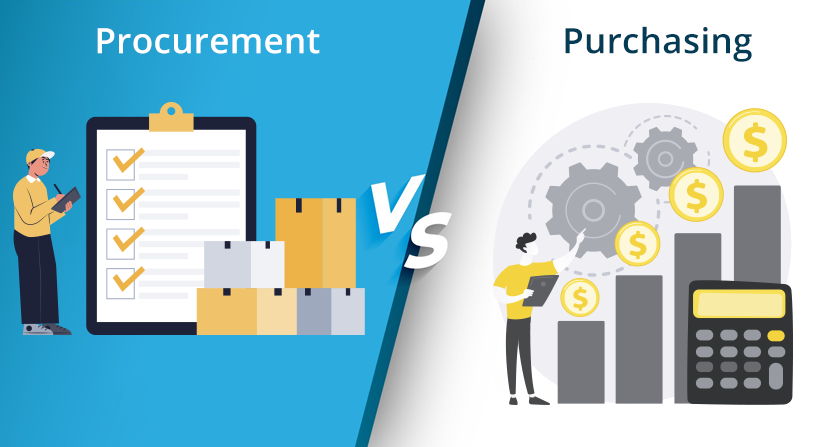You may ask yourself why KPIs are important. As a manufacturer, tracking logistics key performance indicators (KPIs) can help you identify areas of improvement and optimize your supply chain. However, with so many metrics to track, it can be overwhelming to know where to start. This blog post will outline the most critical logistics KPIs manufacturers and distributors should track.
Order Management KPIs
1. Shipping Time
The time it takes to ship an order from the warehouse to the customer. This metric can help you identify potential bottlenecks in your supply chain and improve your shipping process.
2. Order Accuracy
The percentage of orders fulfilled correctly without errors or mistakes. This metric can help you identify areas for improvement in your order fulfillment process.
3. Perfect Order (no issues)
The percentage of orders delivered without problems, such as damaged products, incorrect orders, or late deliveries. This metric can help you evaluate the overall effectiveness of your supply chain.
4. On-Time In-Full
The percentage of orders delivered on time and in full. This metric can help you ensure that you are meeting customer demand and minimizing backorders.
5. Number of Shipments
The total number of shipments made in a given period. This metric can help you evaluate the overall efficiency of your shipping process.
Supply Management KPIs
1. Lead Time
The time it takes for a supplier to deliver products after an order has been placed. This metric can help you manage inventory levels and ensure you have the right products when customers need them.
2. Capacity Utilization
The percentage of production capacity that is being utilized. This metric can help you identify opportunities to increase production efficiency and reduce costs.
3. Productivity
The amount of output produced per unit of input. This metric can help you evaluate the efficiency of your production process.
Inventory KPIs
1. Customer Backorder Rate
The percentage of customer orders that cannot be fulfilled due to insufficient inventory. This metric can help identify potential inventory shortages and improve inventory management processes.
2. Inventory Accuracy
The percentage of inventory accurately recorded in your inventory management system. This metric can help you identify inventory data discrepancies and improve inventory management processes.
3. Inventory Turnover
The number of times inventory is sold and replaced over a given period. This metric can help you evaluate the efficiency of your inventory management processes and identify opportunities to reduce costs.
Distribution KPIs
1. Vehicle/Trailer Utilization Rate
Learning how to calculate truck utilization starts with knowing the mileage capacity of a total fleet and comparing it to the actual mileage driven within a set time frame. This metric determines what percentage of capacity a fleet of vehicles is being used.
2. Warehousing Costs
The total cost of warehousing operations, including rent, utilities, and labor. This metric can help you evaluate your warehousing operations’ cost-effectiveness and identify improvement areas.
3. Average Dwell Time
The amount of time a shipment spends in a warehouse before being shipped to its destination. This metric can help you identify bottlenecks in your distribution process and optimize your shipping operations.
Transport Management KPIs
1. Delivery Time
The time it takes for a shipment to be delivered from the warehouse to the customer. This metric can help you evaluate the effectiveness of your shipping process and identify opportunities to reduce shipping times.
2. Average Days Late
The average number of days that shipments are late. This metric can help you identify areas for improvement in your shipping process and improve customer satisfaction.
3. Truck Turning
The time it takes for a delivery truck to enter a facility to collect or deliver goods and when it exits. This metric shows how effective a company is at loading and unloading.
4. Freight Payment Accuracy
The percentage of freight bills paid accurately and on time. This metric can help you manage your transportation costs and ensure you pay the correct amount for shipping services.
5. Transportation Costs
The total cost of all expenses related to transportation, such as fuel, labor, maintenance, insurance, taxes, and fees. By monitoring transportation costs, businesses can identify areas where they can reduce expenses, improve processes, and increase profitability.
In conclusion, logistics KPIs can be incredibly valuable for manufacturers and distributors. By analyzing key performance indicators such as inventory accuracy, delivery times, and transportation costs, businesses can identify areas for improvement and optimize their supply chain operations. With the right logistics KPIs, companies can reduce costs, improve customer satisfaction, and ultimately gain a competitive edge in the marketplace. Therefore, manufacturers and distributors should incorporate logistics KPIs into their business strategies for long-term success and profitability.
Follow Us










